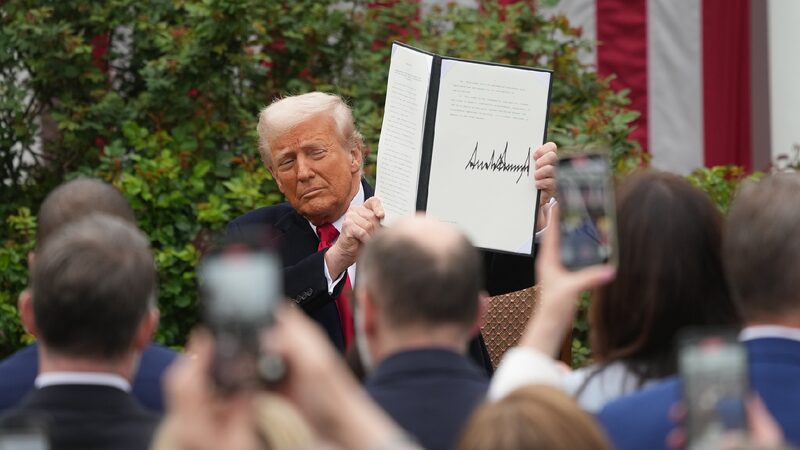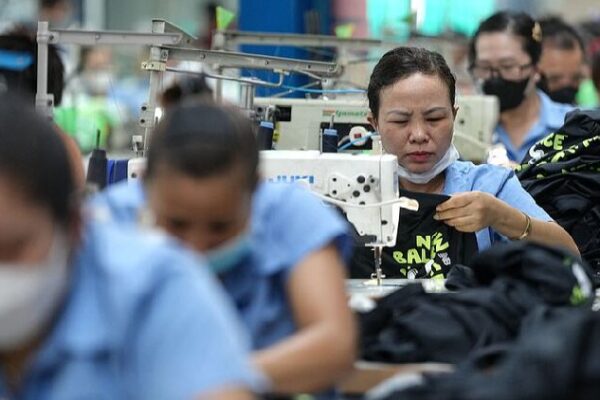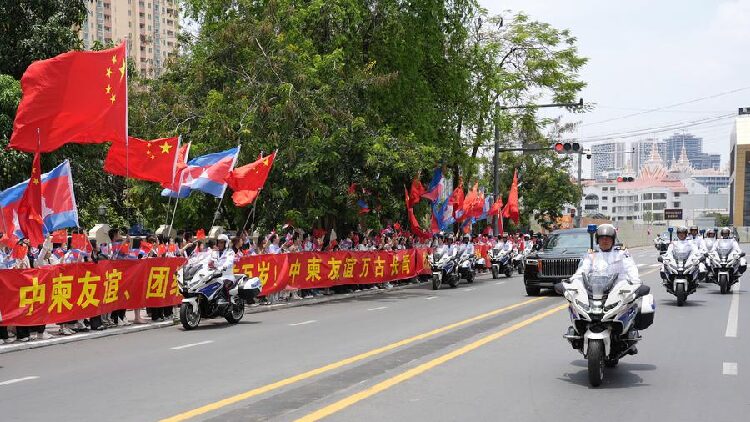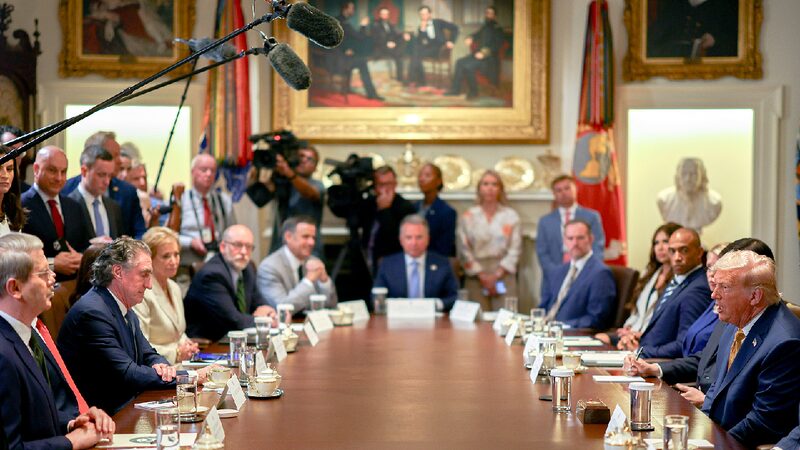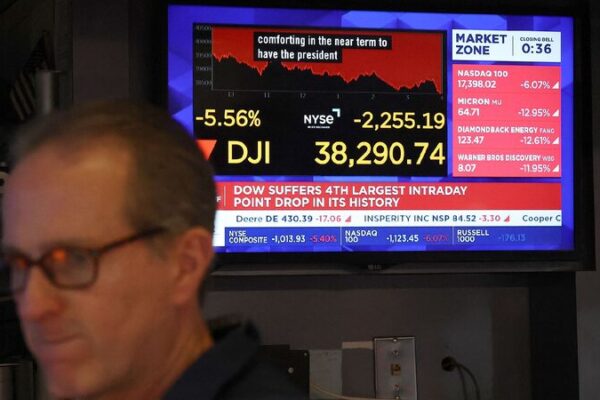On April 2, 2025, U.S. President Donald Trump announced sweeping tariffs, aiming to address what he described as decades of unfair trade practices harming American economic interests. While the move is presented as a protective measure for U.S. industries and workers, it has sparked concerns about its impact on developing nations around the world.
The tariffs impose a baseline rate of 10 percent, with some countries facing even higher rates. Over 180 countries, many of them designated as Least Developed Countries (LDCs) by the United Nations, now find themselves grappling with the economic fallout. For nations like Cambodia, Laos, Myanmar, Lesotho, and Madagascar, the tariffs threaten key industries and livelihoods.
Struggling Economies Face New Challenges
In Southeast Asia, Cambodia is facing a 49 percent tariff on its garment and textile exports—a sector that employs a significant portion of its population. Laos, still recovering from recent natural disasters, confronts a 48 percent tariff affecting its agricultural and mining sectors. Myanmar, rebuilding after years of turmoil, now deals with a 44 percent tariff that impacts its growing manufacturing industry.
Africa is not spared either. Lesotho, a small nation with high unemployment rates, faces a 50 percent tariff on textiles, jeopardizing jobs in a critical sector. Madagascar, where a large portion of the population lives in poverty, must navigate a 47 percent tariff on vanilla and cloves—products that are essential to its economy.
Economic Ripple Effects
South Asian countries are also feeling the strain. Bangladesh, known for its massive apparel industry that employs millions, is now contending with a 37 percent tariff. Sri Lanka and Pakistan, both dealing with economic challenges, face tariffs that threaten their textile sectors.
The ripple effects extend further. Nations in the Middle East, such as Iraq, are taxed on crucial exports like oil. Countries like Vietnam, Indonesia, and Thailand face tariffs on electronics and automotive exports, disrupting global supply chains and affecting multinational companies.
Debate Over Tariff Impacts
Critics argue that these tariffs disproportionately harm vulnerable nations and could lead to economic instability and increased poverty. They point out that industries in these countries are often interconnected with global markets, and disruptions can have severe social consequences.
Some analysts suggest that the tariffs may also be part of a broader strategy to shift supply chains away from geopolitical rivals. By imposing high tariffs on nations closely linked with certain global initiatives, the U.S. could be aiming to reconfigure international trade relationships.
Proponents of the tariffs maintain that they are necessary to protect domestic industries and address trade imbalances. They argue that in the long run, these measures could encourage fairer trade practices and benefit the global economy.
The Global South at a Crossroads
The affected nations now face difficult choices. Should they seek new trade partnerships, adjust their economies, or attempt to negotiate with the U.S.? The situation highlights the complexities of globalization and the challenges that arise when major economies make unilateral decisions.
As the world becomes increasingly interconnected, actions by one nation can have far-reaching impacts. The current situation underscores the need for dialogue, collaboration, and consideration of the vulnerabilities of developing nations in global economic policies.
Looking Ahead
The full effects of the U.S. tariffs remain to be seen. However, the immediate concern is the potential hardship for millions of people in developing countries. International organizations and leaders are calling for solutions that balance national interests with global economic stability.
In an ever-changing global landscape, the importance of cooperation and mutual understanding cannot be overstated. How nations navigate these challenges will shape the economic future for the Global South and beyond.
Reference(s):
cgtn.com
